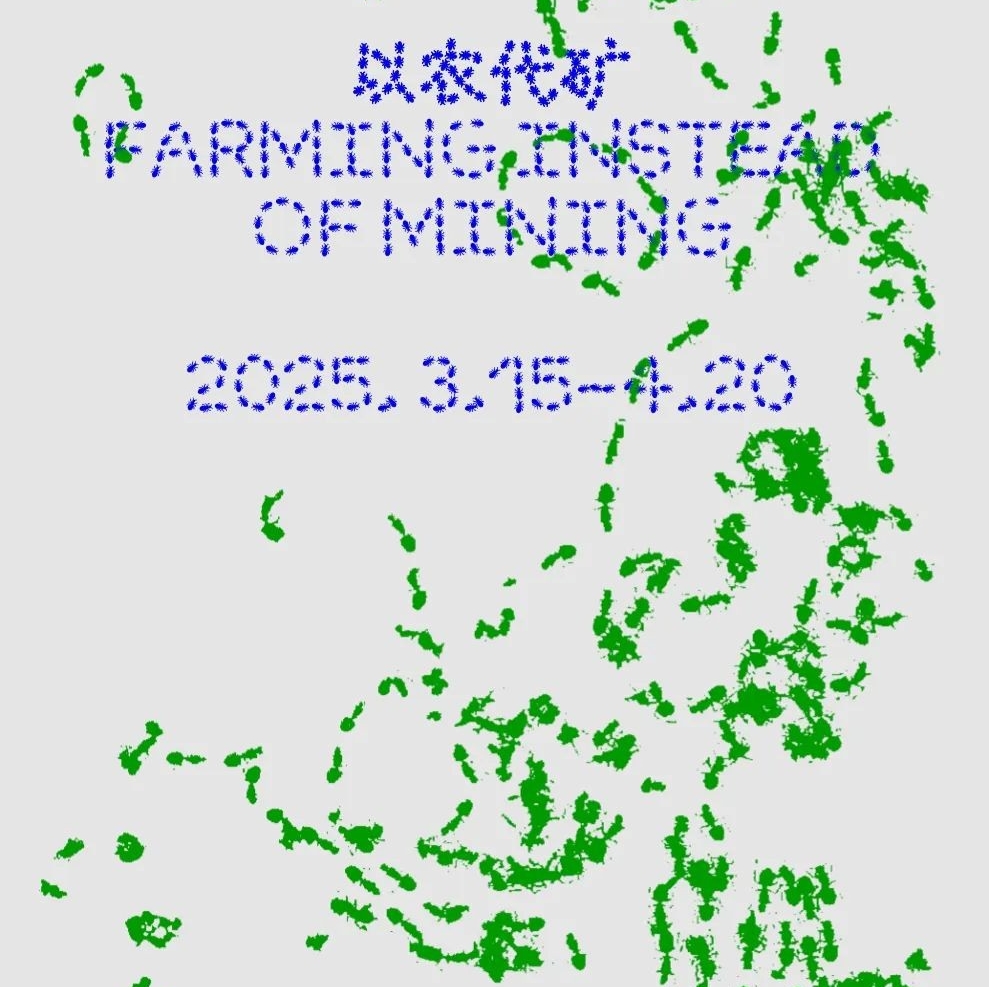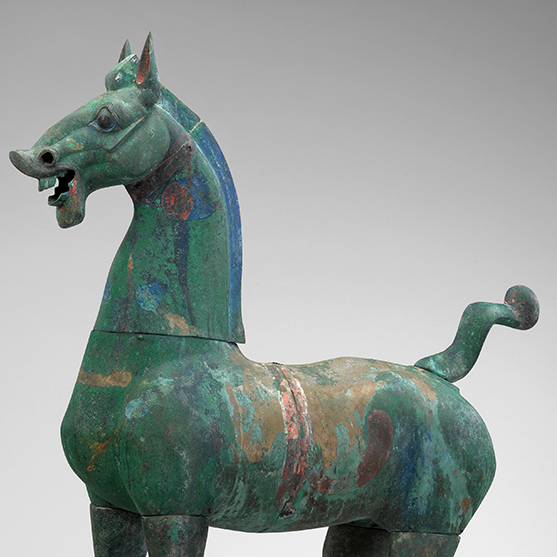 Exhibition View
Exhibition View
Ancient Chinese genre painting as a unique art form has been endowed with a relatively broad developing space since the Song Dynasty. Not only has it possessed the educational function from “subtle perspectives of customs,” but it also presents the social styles and cultural characteristics of corresponding eras through vivid portrayal of ordinary citizens, civil life, festival customs and other subjects. It is characterized by reflecting both daily life and historical reality. With the popularization of photography and imaging technology in modern and contemporary eras, artists have captured the picturesque moments from a realistic perspective or romantic feelings, by view of lens and photosensitive imaging, they have recorded events and rendered the historical backgrounds. Although the expressive techniques of genre painting and photography span several centuries, they remain consistent in the aesthetic characteristics of “realism” and the spiritual core of “visual records.”

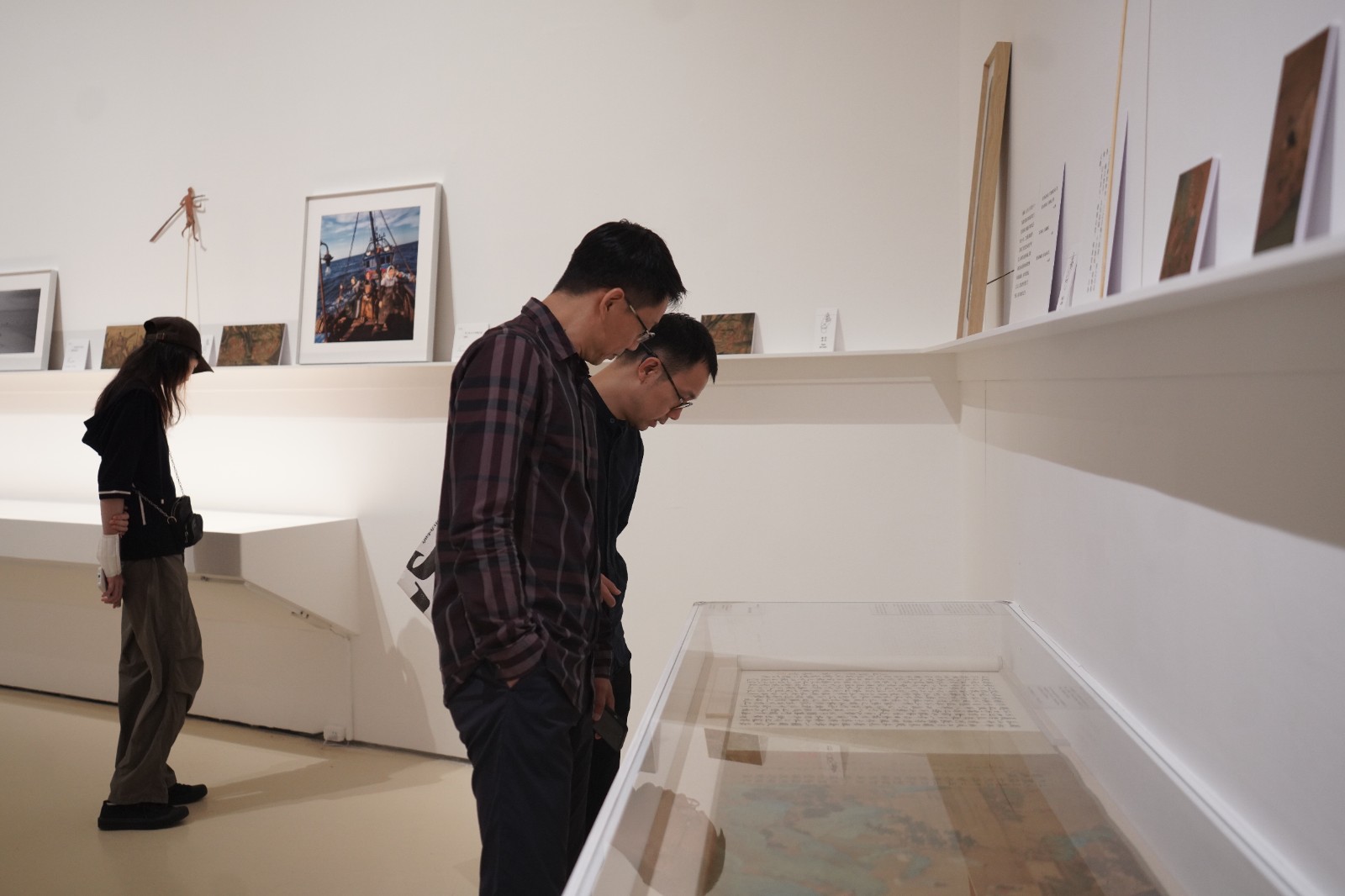
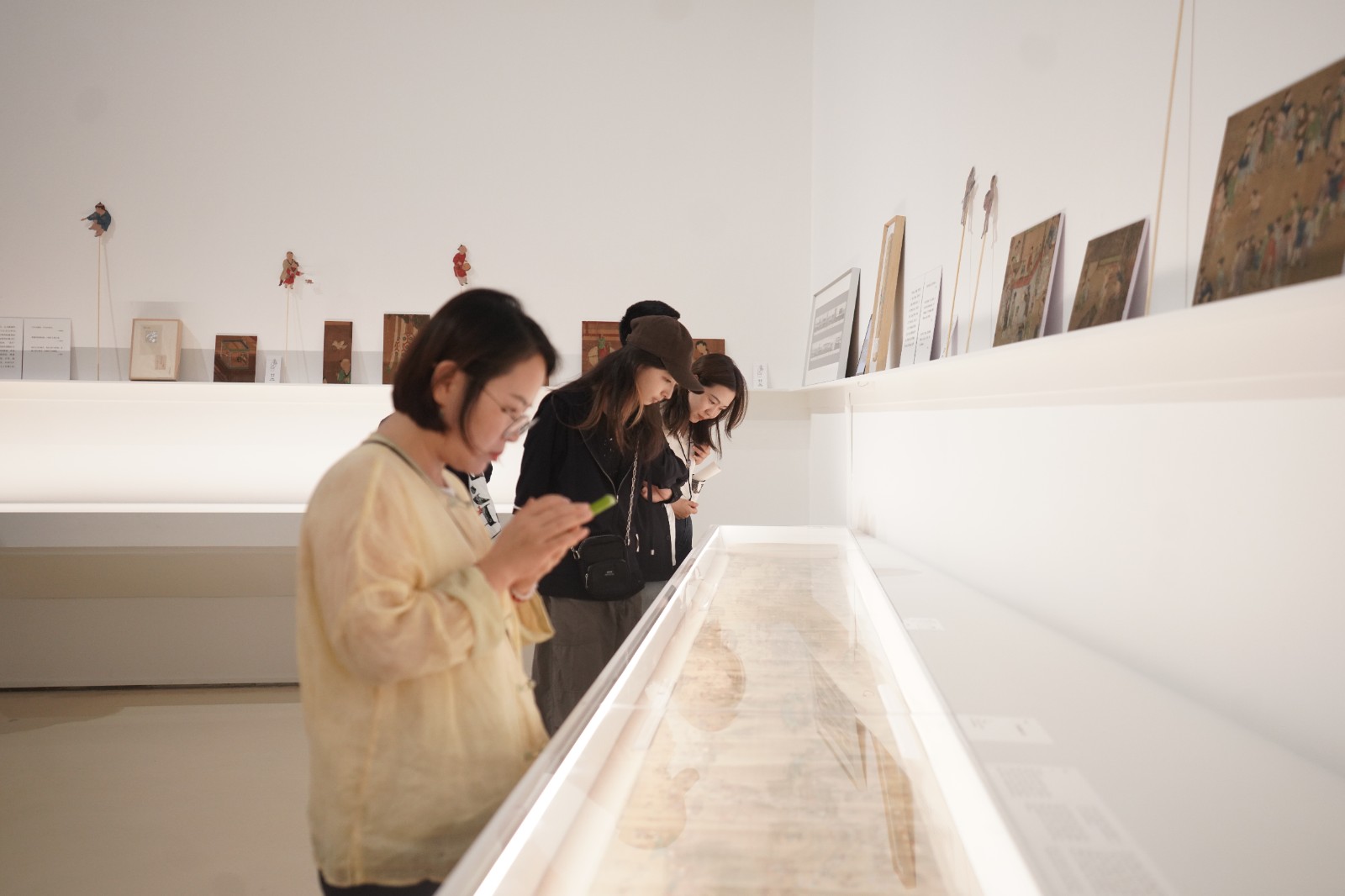 Exhibition View
Exhibition View
The exhibition themed on “There has always been poetry in genre paintings: Ancient and Modern Figures in Collection of CAFA Art Museum” was recently unveiled at CAFA Art Museum. It was selected into the “2024 Exhibition Season of National Art Museum Collection Catalog” (a total of 30 projects) in the seasonal activity. This exhibition juxtaposes ancient genre paintings with modern photography (including moving image), aiming to guide visitors to have a more comprehensive understanding of the common nature and poetic feelings in ancient genre paintings through the perspective of modern works. The exhibition is divided into two sections: “Ode to Peaceful Scenery” and “Capturing Ordinary Moments”, which jointly showcase social etiquette and artistic expression in daily life.
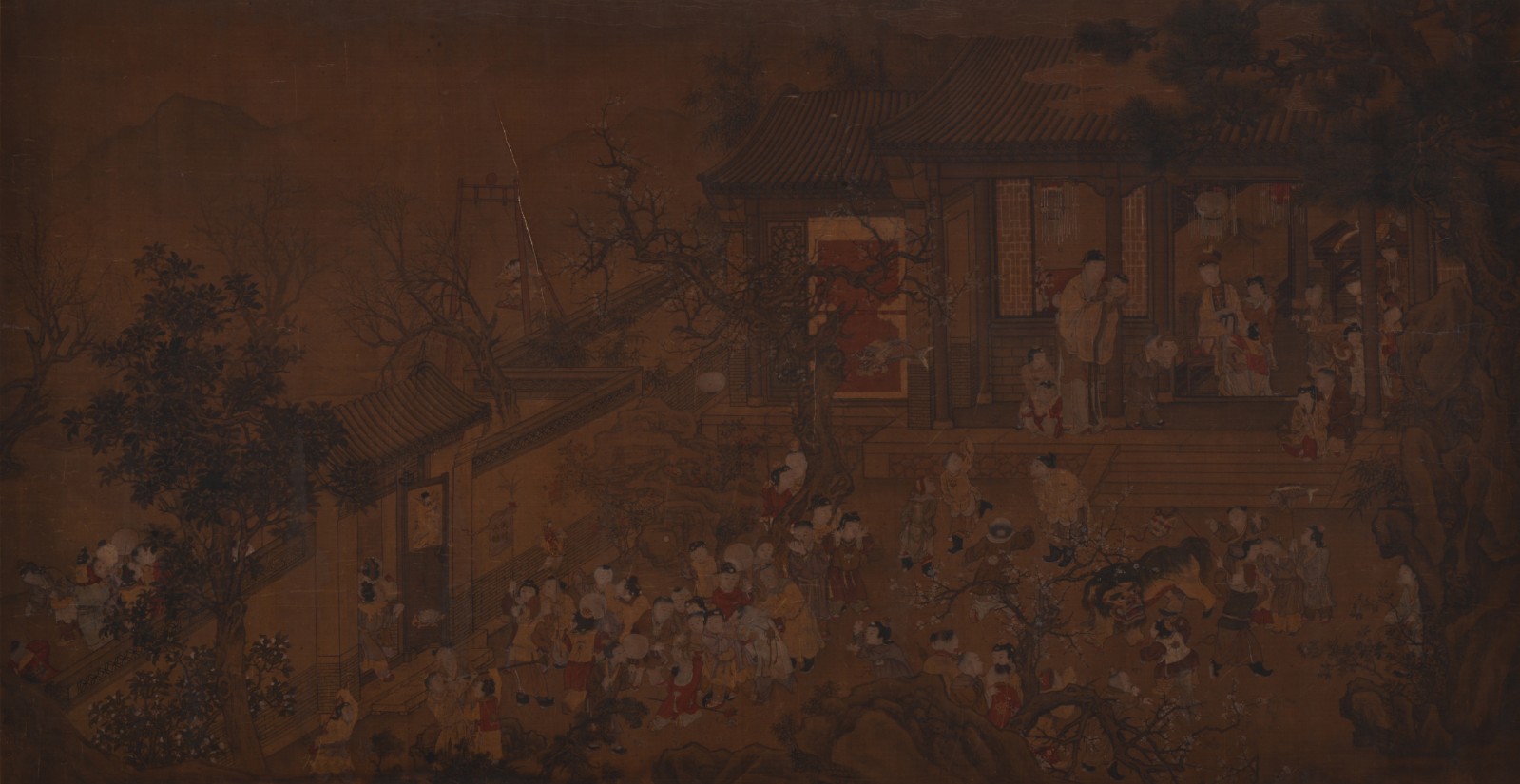 Qiu Ying (signature), Scroll of Chinese New Year's Day (detail), Ink and color on silk, Ming dynasty, Collection of CAFA Art Museum
Qiu Ying (signature), Scroll of Chinese New Year's Day (detail), Ink and color on silk, Ming dynasty, Collection of CAFA Art Museum Zhou Wenju (signature), Viewing Lanterns (scroll), Ink and color on silk, Ming Dynasty, Collection of CAFA Art Museum
Zhou Wenju (signature), Viewing Lanterns (scroll), Ink and color on silk, Ming Dynasty, Collection of CAFA Art Museum Ni Duan, Wonders of the Bian River (scroll, detail), Ink and color on silk, Ming Dynasty, Collection of CAFA Art Museum
Ni Duan, Wonders of the Bian River (scroll, detail), Ink and color on silk, Ming Dynasty, Collection of CAFA Art Museum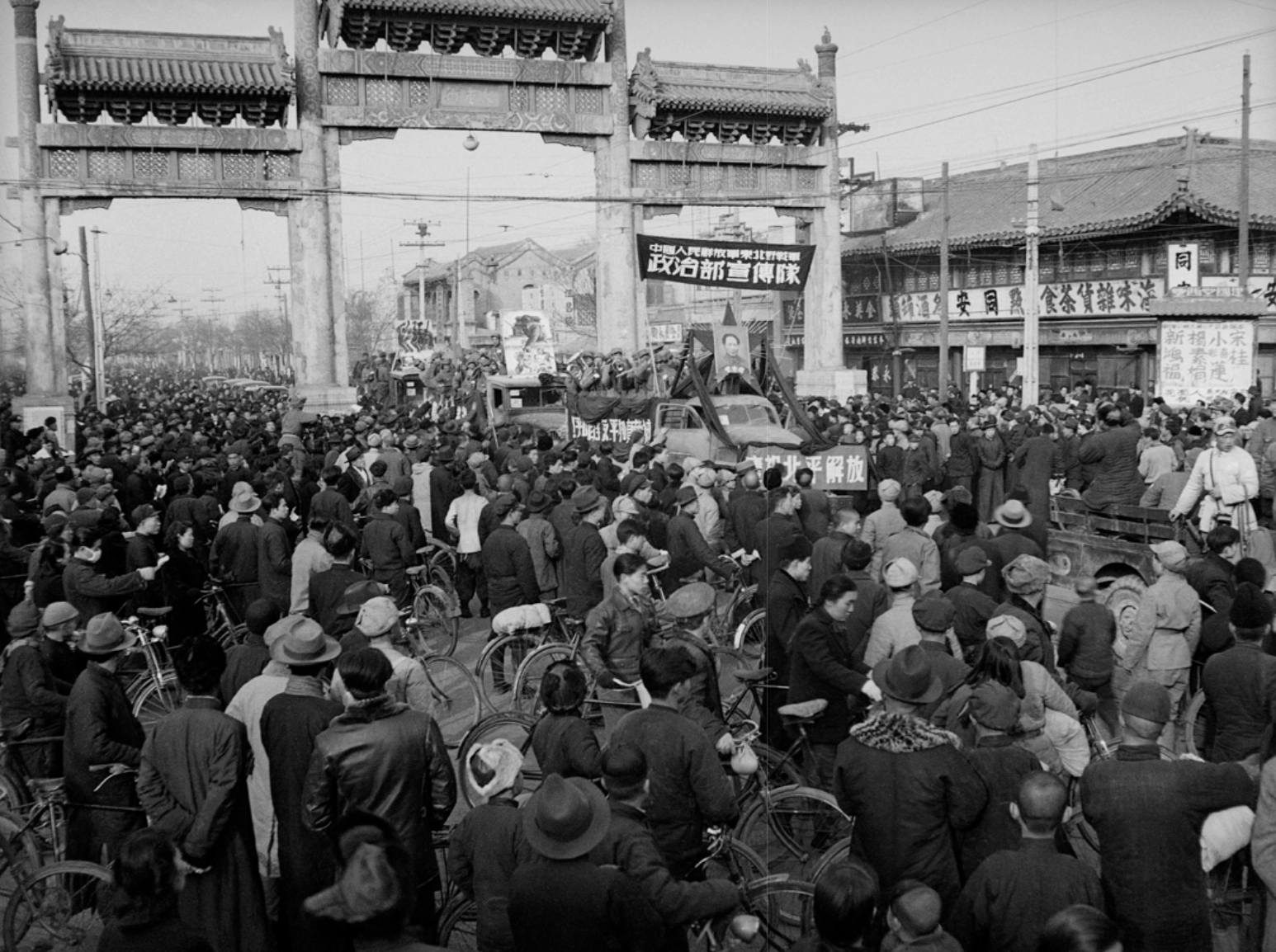 Gao Fan, The Ceremony when PLA entered Beijing, Grand Spectacular at Zhengyang Gate, 1949, Collection of CAFA Art Museum
Gao Fan, The Ceremony when PLA entered Beijing, Grand Spectacular at Zhengyang Gate, 1949, Collection of CAFA Art Museum Hiroji Kubota, Heading to the Most Sacred Jokhang Temple, Lhasa, Tibet, 1981, Collection of CAFA Art Museum
Hiroji Kubota, Heading to the Most Sacred Jokhang Temple, Lhasa, Tibet, 1981, Collection of CAFA Art Museum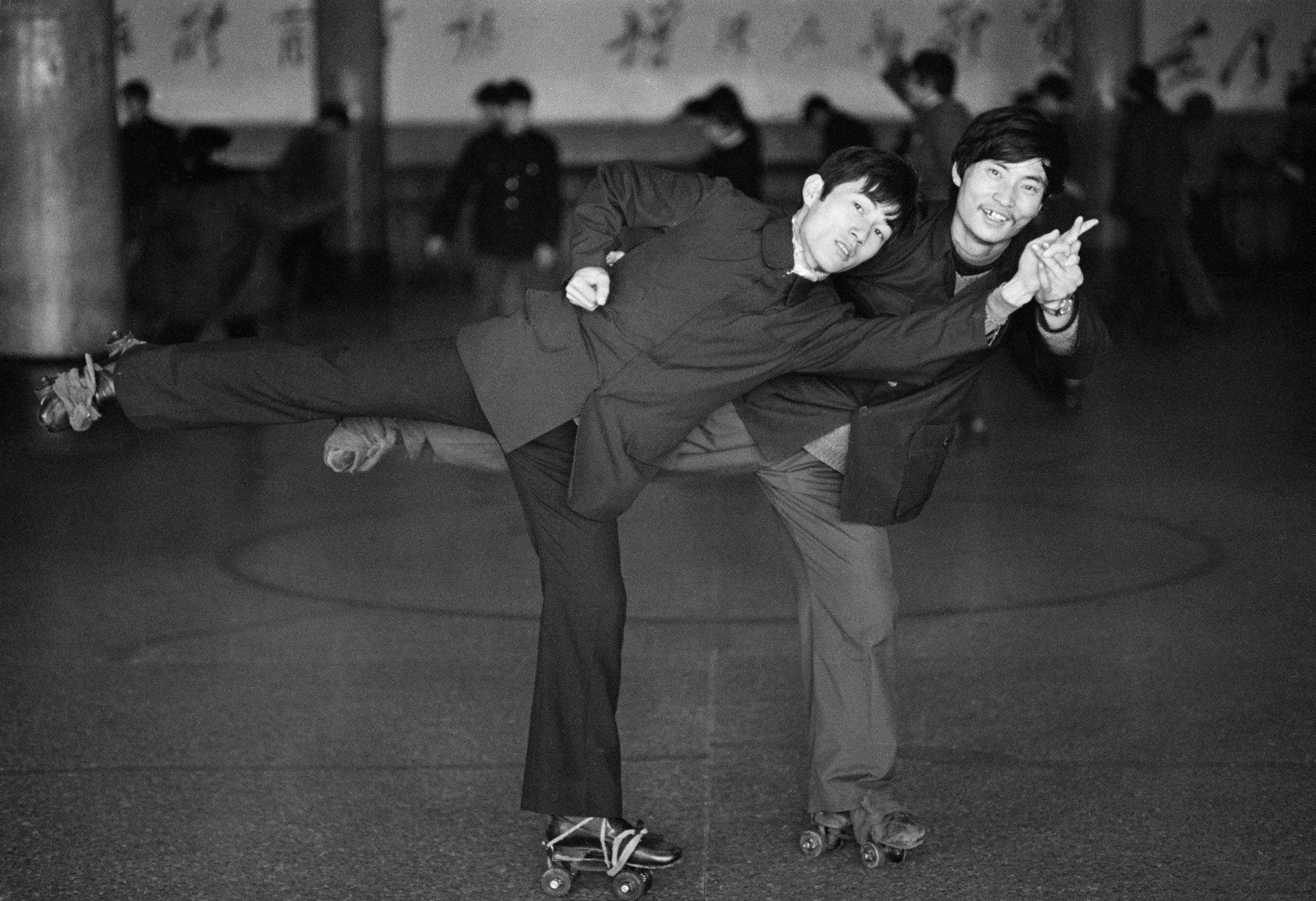 Liu Xiangcheng, Two Shanghai Youths at an Indoor Skating Rink, 1980, Collection of CAFA Art Museum
Liu Xiangcheng, Two Shanghai Youths at an Indoor Skating Rink, 1980, Collection of CAFA Art Museum
The artists featured in this exhibition explored the commonalities of these two categories of works in terms of pictorial expression and emotional transmission through different treatments of macroscopic scenes and microscopic details. The exhibition does not only exhibit the exquisite collections of genre paintings by ancient masters of ink painting such as Qiu Ying, Luo Pin, and Qian Hui’an, but it also includes the representative works of modern photographers such as Gao Fan, Weng Naiqiang, An Ge, Liu Xiangcheng, Xu Peiwu and so on, providing visitors with an artistic dialogue across time and space. As Huang Xiaofeng, Academic Advisor of this exhibition and the Dean of the School of Humanities of the Central Academy of Fine Arts, mentioned at the opening ceremony, if compared with the current themed exhibitions on the same topic, it is not the largest in size, nor is it the richest in content, but it is indeed the most interesting comparison exhibition of ancient figure paintings and modern photography. Those pictures, shots, events, characters, and periods seem far away but they are actually near to each other at the gallery, as if they engraved the moment and narrated the eternity. Through the “poetic” expression throughout the history of Chinese civilization, this exhibition presents the spiritual outlook of the Chinese people, who have always respected etiquette, remained optimistic, open-minded and tenacious while showing cultural confidence from previous dynasties through to the present.
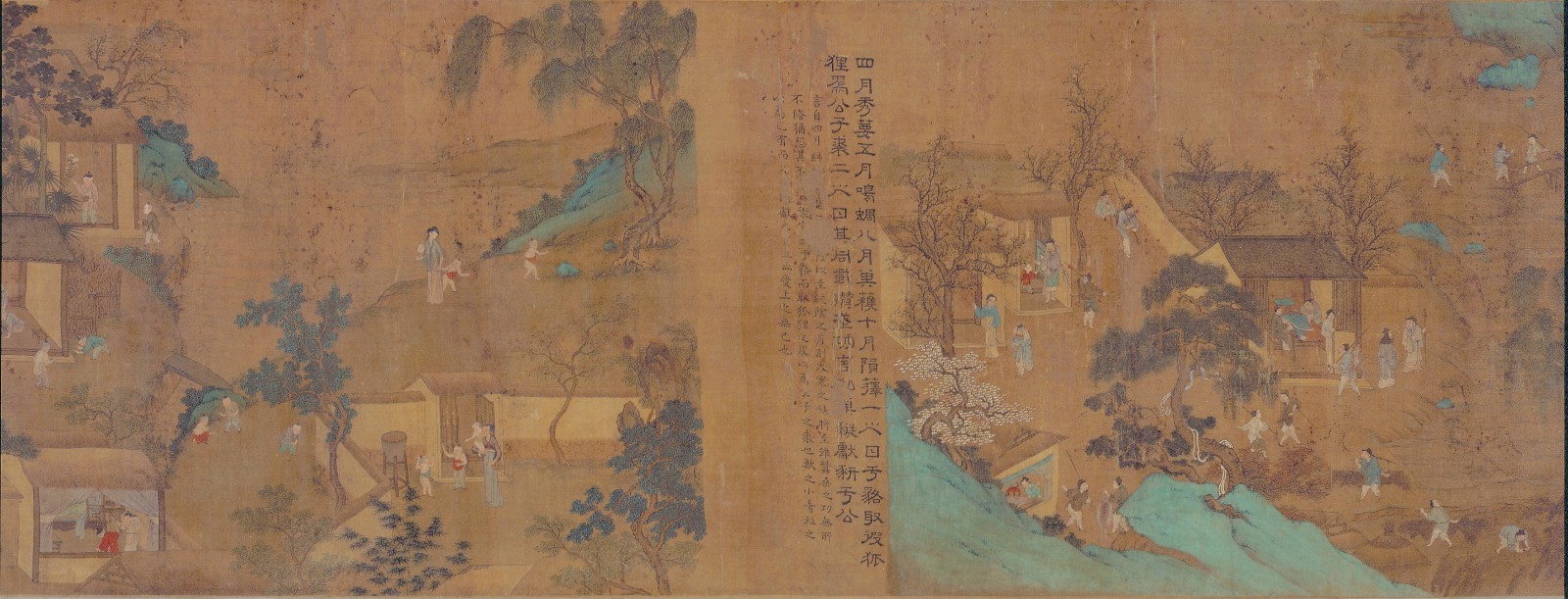 Liu Songnian (signature), Binfeng July (scroll, detail), Ink and color on silk, Song Dynasty, Collection of Beijing Fine Art Academy
Liu Songnian (signature), Binfeng July (scroll, detail), Ink and color on silk, Song Dynasty, Collection of Beijing Fine Art Academy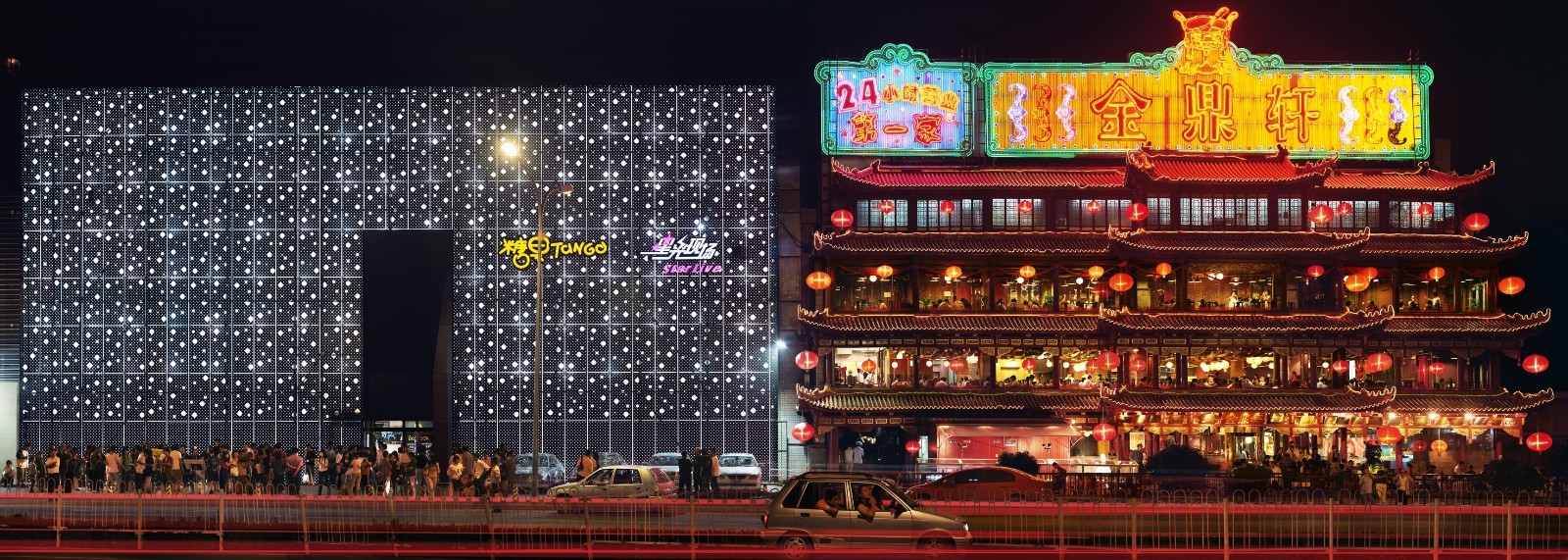 Miao Xiaochun, Remainder, 2007, 268×750cm, Collection Art Micro-spray
Miao Xiaochun, Remainder, 2007, 268×750cm, Collection Art Micro-spray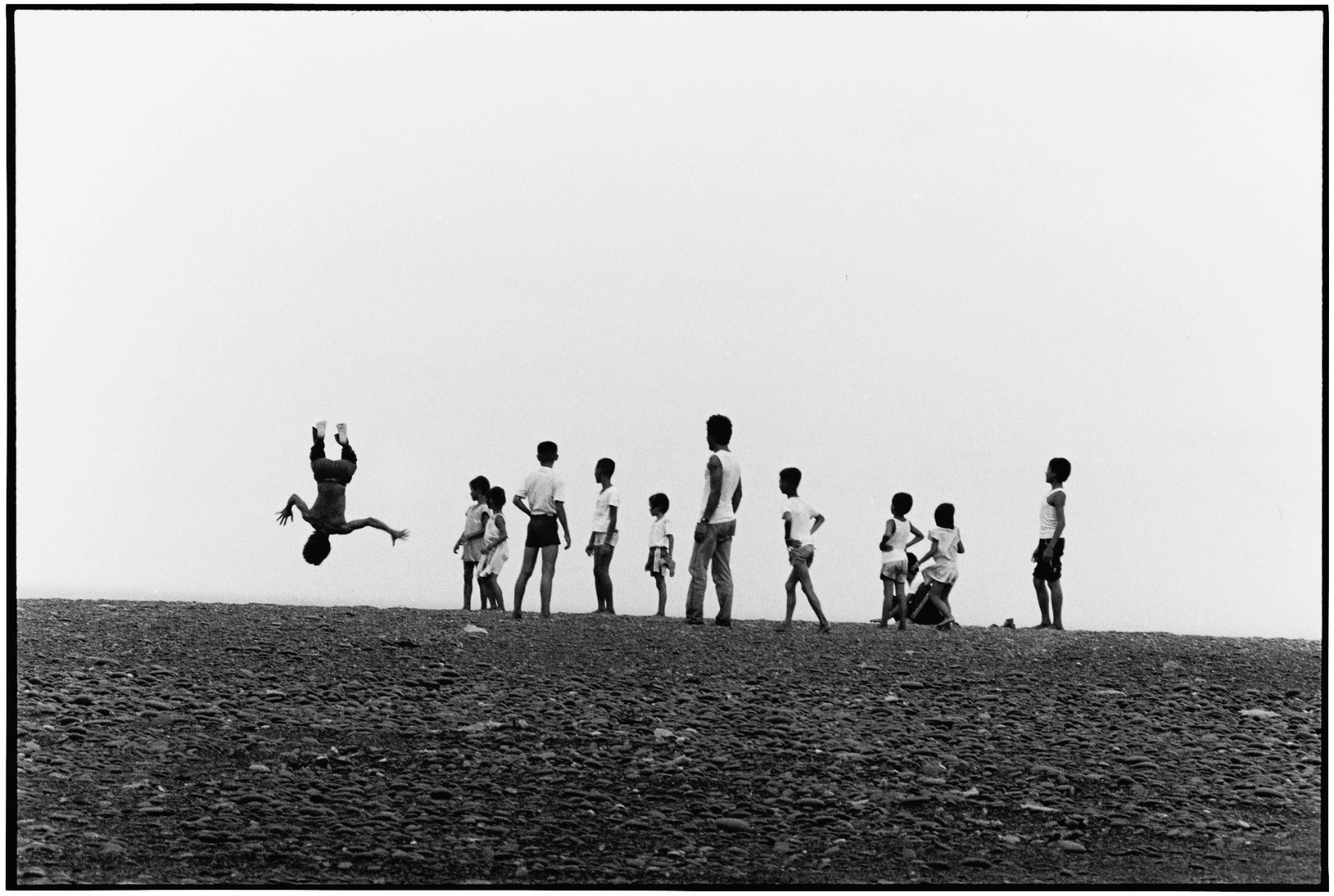 Ruan Yizhong, People and Land series, Xuhai, Mudan Township, Pingtung County, 1986, Collection of CAFA Art Museum
Ruan Yizhong, People and Land series, Xuhai, Mudan Township, Pingtung County, 1986, Collection of CAFA Art Museum
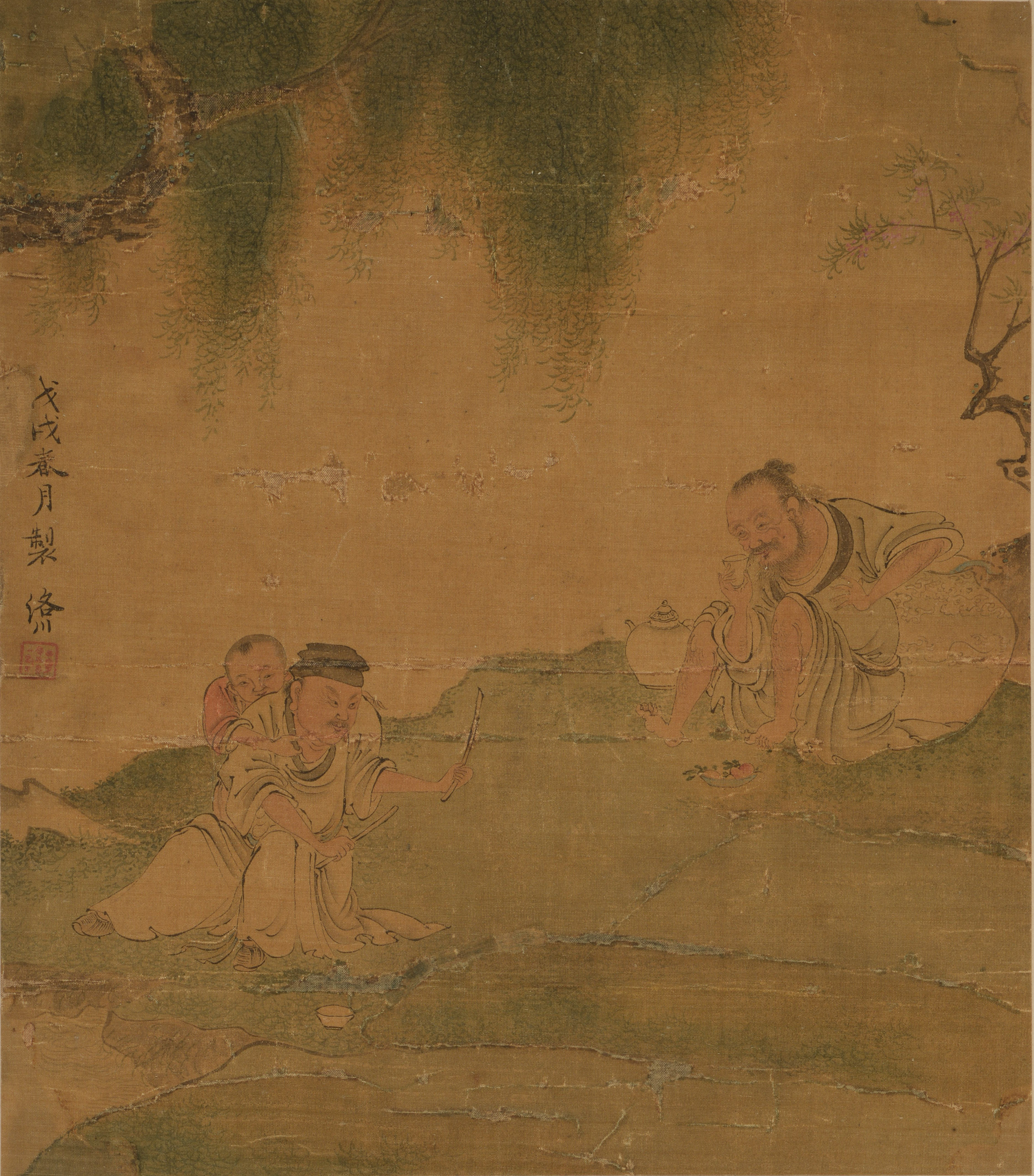 Zhan Gong, Yao Min Ji Rang (A traditional game, album, detail), Ink and color on paper, Qing Dynasty, Collection of CAFA Art Museum
Zhan Gong, Yao Min Ji Rang (A traditional game, album, detail), Ink and color on paper, Qing Dynasty, Collection of CAFA Art Museum Lin Yilin, Jincheng, 2011, Collection of CAFA Art Museum
Lin Yilin, Jincheng, 2011, Collection of CAFA Art Museum
About the ExhibitionDates: September 10 –October 8, 2024Venue: Gallery 3A, CAFA Art MuseumCourtesy of CAFA Art Museum, trans. and ed. by Sue/CAFA ART INFO


